Our invention blog series kicked off with the history of toothpaste, and this month Dr. Shire will be walking us through the history of the toothbrush. Have you ever wondered about where it all started? Let’s jump right in!
Overview
Hello, Dr. Shire here! Today I will be talking about the toothbrush. The magical little instrument that cleans our teeth, keeping them strong and healthy! I’ll be diving into a brief history of the tooth brush and also talk about what they are made of. I’ll also talk about all the options there are for consumers and which ones I recommend.
The origin story (what we know)
The first evidence of humans cleaning their teeth wasn’t with a brush, but a stick! Ancient civilizations used a frayed piece of wood to clean their teeth called a ‘chew stick’. Excavations show the earliest chew sticks to be found in Mesopotamia dating back to 3500 BCE. Chew sticks have also been discovered in other ancient civilizations such as Egypt, Rome, Greece and China.
The concept of using a bristle brush was first discovered in ancient China, where hog hair was used as the bristles. Toothbrush use kept increasing over time and by the 1700’s Europe had popularized them into everyday life. The following century they caught on stateside and started mass production in the U.S. around 1885.
The first nylon bristle brush was created by Dupont de Nemours in 1938. This was a huge turning point for dentistry as nylon bristles were easier to clean and do not retain bacteria. From then on more and more companies started developing their own brushes, which turned into the large market we have today. Currently most toothbrushes are manufactured with nylon bristles and plastic handles. Handles are made by injecting plastic into a mold, after which nylon bristles are embedded into the head of the brush.
Horse-hair toothbrush thought to be used by Napoleon Bonaparte (Early 19th Century)
Toothbrushes might be a simple tool but they are a BIG business. In 2019 the global toothbrush market was 6.80 billion dollars and in the next decade is expected to reach 8.24 billion. That’s a lot of teeth to brush! In North America top toothbrush manufactures are Colgate Palmolive, Procter and Gamble Co., Johnson & Johnson, and Church & Dwight. Those companies produce the lion's share of everything you see in the toothbrush aisle.
Speaking of the toothbrush aisle, there are literally hundreds of options to choose from, so which one should you get for optimal oral health care? As a dentist, I recommend an electric toothbrush. They may cost a little more but they are worth the price! Most high quality models do a great job of cleaning teeth and come with multiple settings for sensitive teeth, pressure gauge so you know how hard to press, and timers to make sure you brush for a full two minutes! If you are going the manual route make sure to get the softest bristle available. Medium or Hard brushes can wear away enamel and may lead to gum irritation and recession. Soft brushes are gentle on gums and clean teeth just as well as the hard bristles.
If you are wanting a more eco-friendly option, more and more companies are using bamboo to produce toothbrushes. Bamboo is durable and has antimicrobial properties making them a popular non-plastic option.
Whichever toothbrush you use, be sure to use fluoridated toothpaste and brush twice a day for two minutes each time.... and don't forget to floss!
Thanks for reading the blog this month, and we hope you enjoyed some history on the topic of the toothbrush! We are happy to address any questions you might have, or if you are looking for a dentist, Dr. Hamilton and Dr. Shire are accepting new patients.
Please call 306-931-0000 to book your appointment.
PS: Check out the blog next month for another invention topic!
Blairmore Dental Centre.




